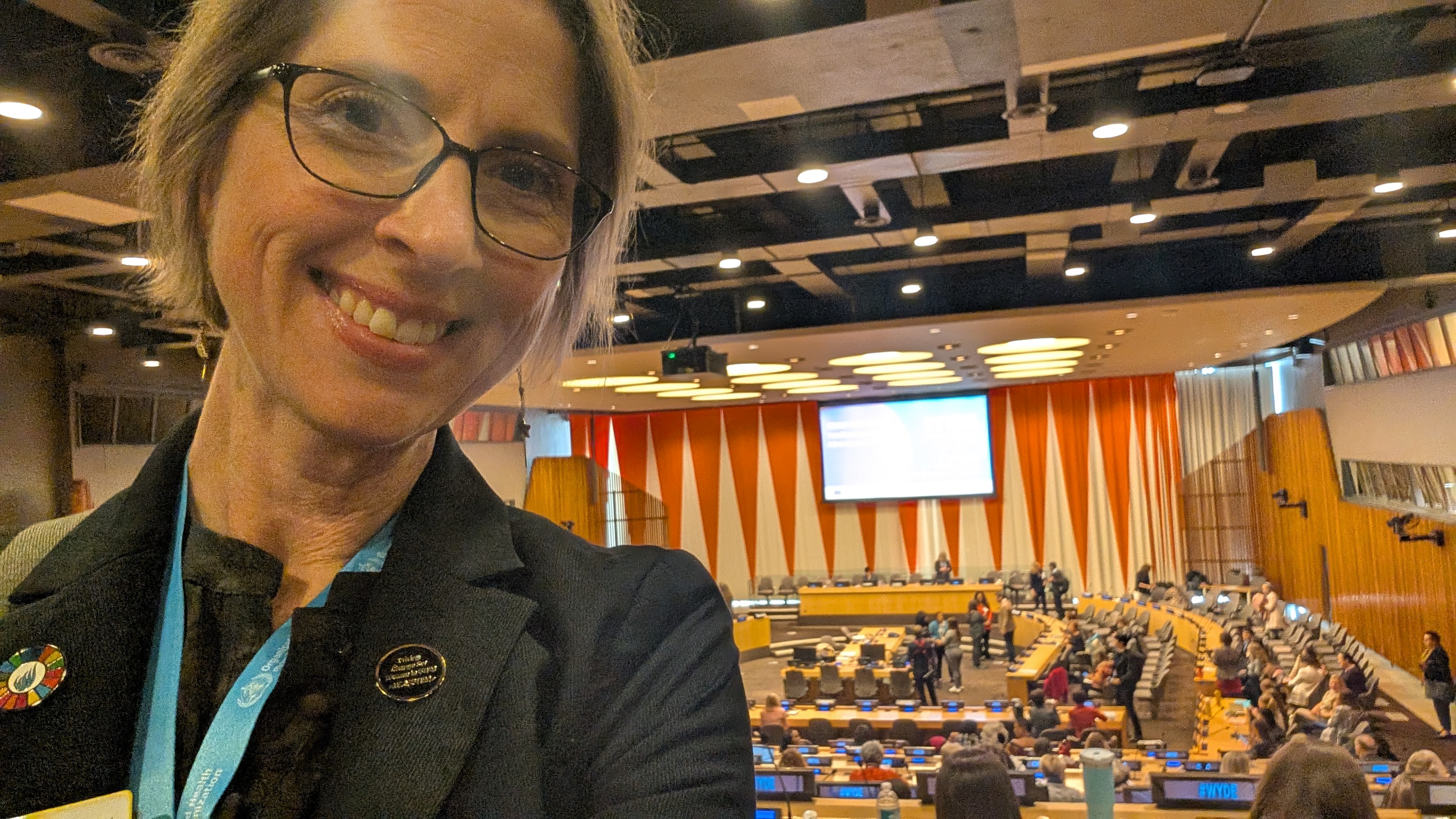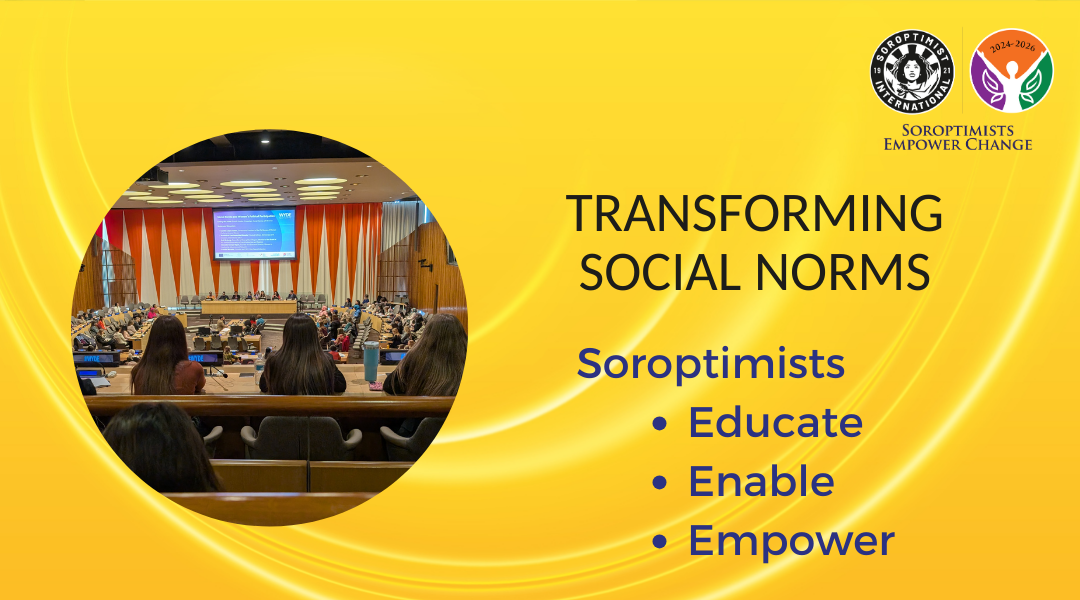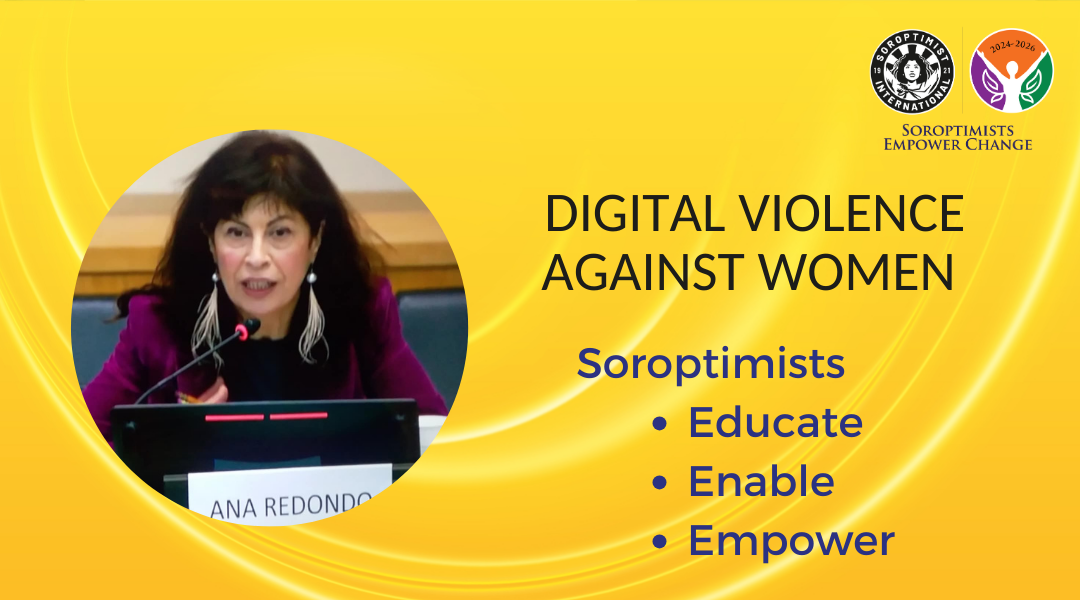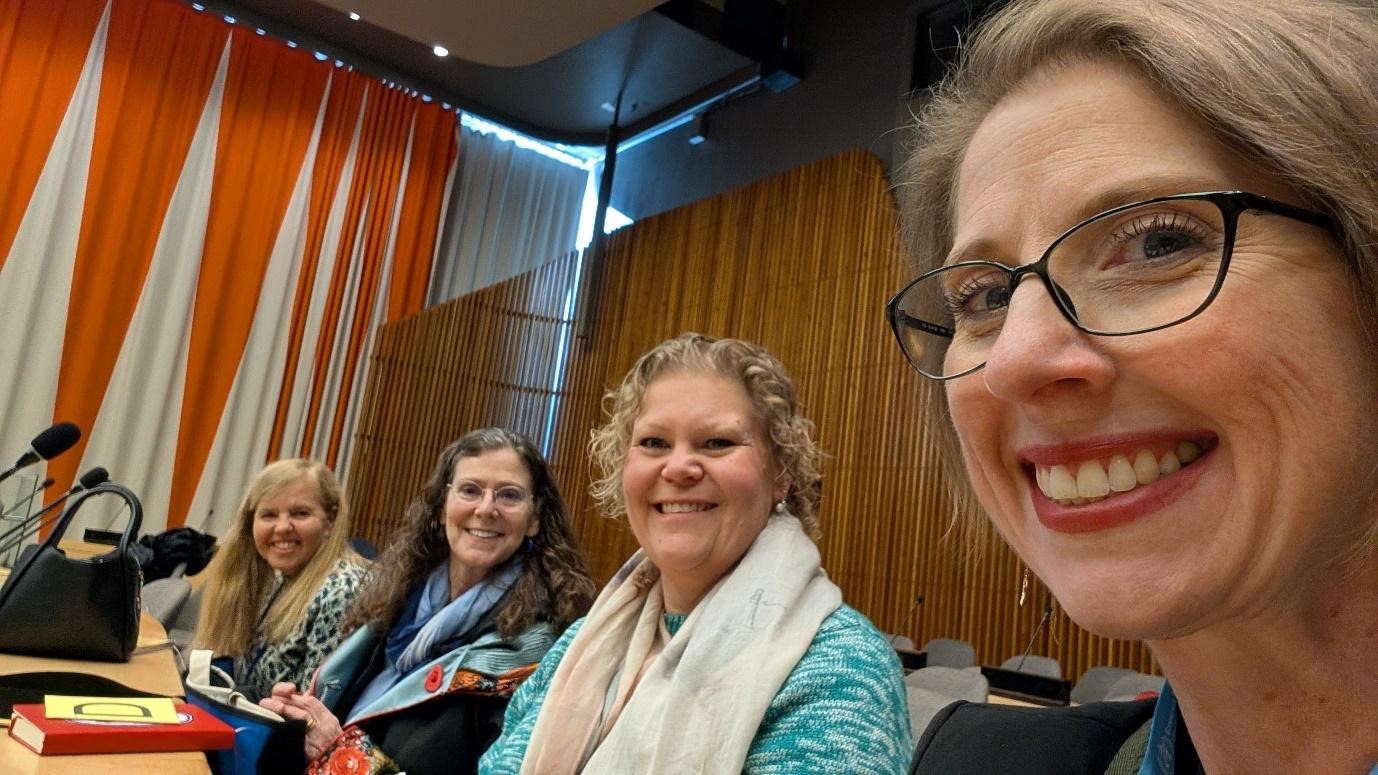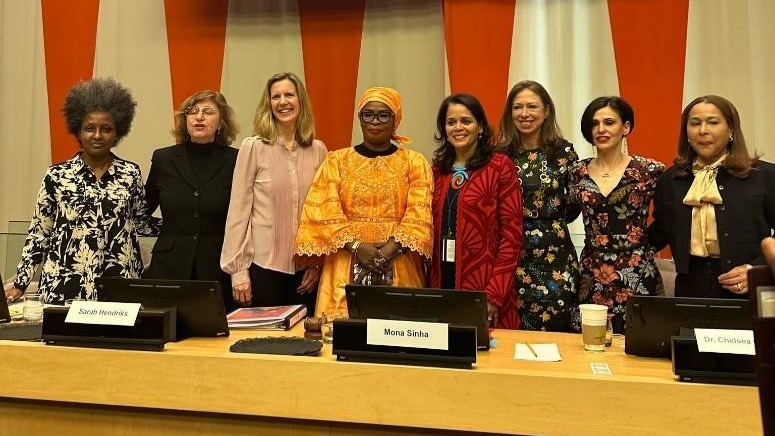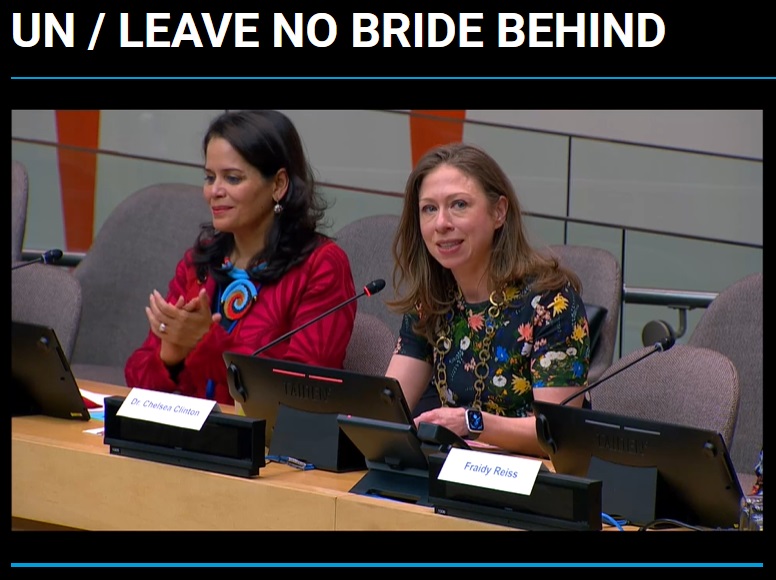WYDE Leadership Initiative: Transforming Social Norms for Women’s Political Participation
Authored: Sarah Barnbrook
Thirty years after the Beijing Declaration and Platform for Action, the conversation on gender equality remains as critical as ever. At the WYDE Leadership Initiative event during CSW69, global leaders, policymakers, and activists gathered to discuss the persistent barriers to women’s political participation and how to dismantle the entrenched social norms that hinder progress.
The session opened with remarks from Kiara Adamo, Head of Human Rights, Gender, and Democratic Governance at the European Commission. She emphasized the need for urgent action to advance women’s leadership, celebrating the WYDE Leadership Initiative as a key driver of change. Funded by the European Union, WYDE has committed to supporting women's political participation, within a broader initiative to strengthen democracy and gender equality worldwide.
Sarah Hendriks, UN Women’s Director of Policy, reinforced the urgency of tackling social norms that continue to limit women’s leadership. She reminded attendees that despite three decades of progress, women remain underrepresented in decision-making spaces, and achieving gender parity requires a deliberate and sustained effort. “We must move women’s leadership from the shadows into the light,” she urged.
A significant highlight was the screening of a WYDE Women’s Leadership Initiative video, showcasing its first-year achievements. These include mentoring and leadership programs for nearly 300 women, training for 30 journalists to challenge gender biases, and funding for women-led organizations to advance feminist movements globally.
The panel discussion that followed delved into the deep-rooted social norms that continue to shape perceptions of women’s roles in politics. Brenda Kombo, a social norms expert, explained how gendered expectations of women as caregivers, combined with the perception of politics as a male-dominated space, reinforce barriers to leadership. She outlined three key pathways for change: transforming narratives around women in leadership, strengthening feminist movements, and addressing material inequalities such as access to education and financial resources.
Senator Cynthia López Castro of Mexico shared her country’s journey toward gender parity in politics. She highlighted Mexico’s recent milestone—electing its first female president and achieving gender parity in both chambers of Congress. However, she cautioned that political violence and online abuse against women remain significant obstacles. “We must not only be at the table but at the head of it,” she stated, emphasizing the importance of intergenerational mentorship and legal protections for women in politics.
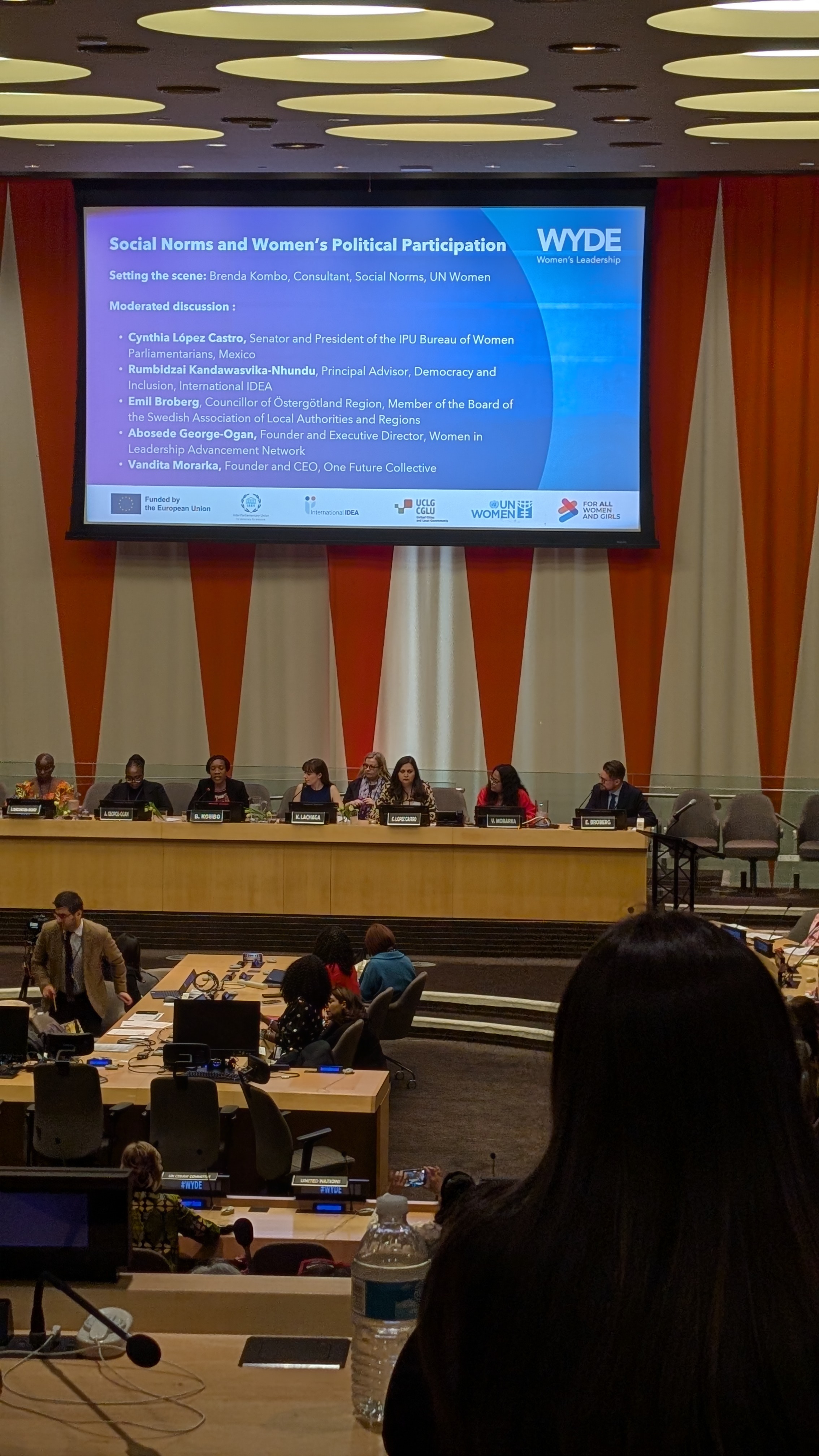
Ruby Sandhu-Rojon, Principal Advisor on Democracy and Inclusion at International IDEA, reinforced the need to address discriminatory social norms at their roots. She warned that despite legal frameworks supporting gender equality, persistent patriarchal attitudes continue to shape political realities. “Women’s participation in politics does not automatically translate to representation or influence,” she noted.
From a local governance perspective, Emil Broberg, a Swedish elected official, shared Sweden’s progress in gender equality through policies such as shared parental leave and accessible childcare. He underscored the role of men as allies, advocating for a more balanced redistribution of power. “If we truly believe in democracy, then at least 50% of power should belong to women,” he asserted.
Media representation was also a key theme, with Abosede George-Ogan, founder of the Women in Leadership Advancement Network, discussing the role of mass media in shaping perceptions of women in power. She highlighted both the positive impact of showcasing female leaders and the dangers of biased media coverage, which often undermines women’s credibility. She urged women in politics to actively engage with the media to reshape these narratives.
The session concluded with a call to action: legal reforms, social norms change, and targeted investment must work together to advance women’s leadership.
WYDE Leadership Initiative continues to lead the charge, demonstrating that when women lead, societies thrive.
The time for change is now. Women’s leadership is not an aspiration—it is a necessity.
